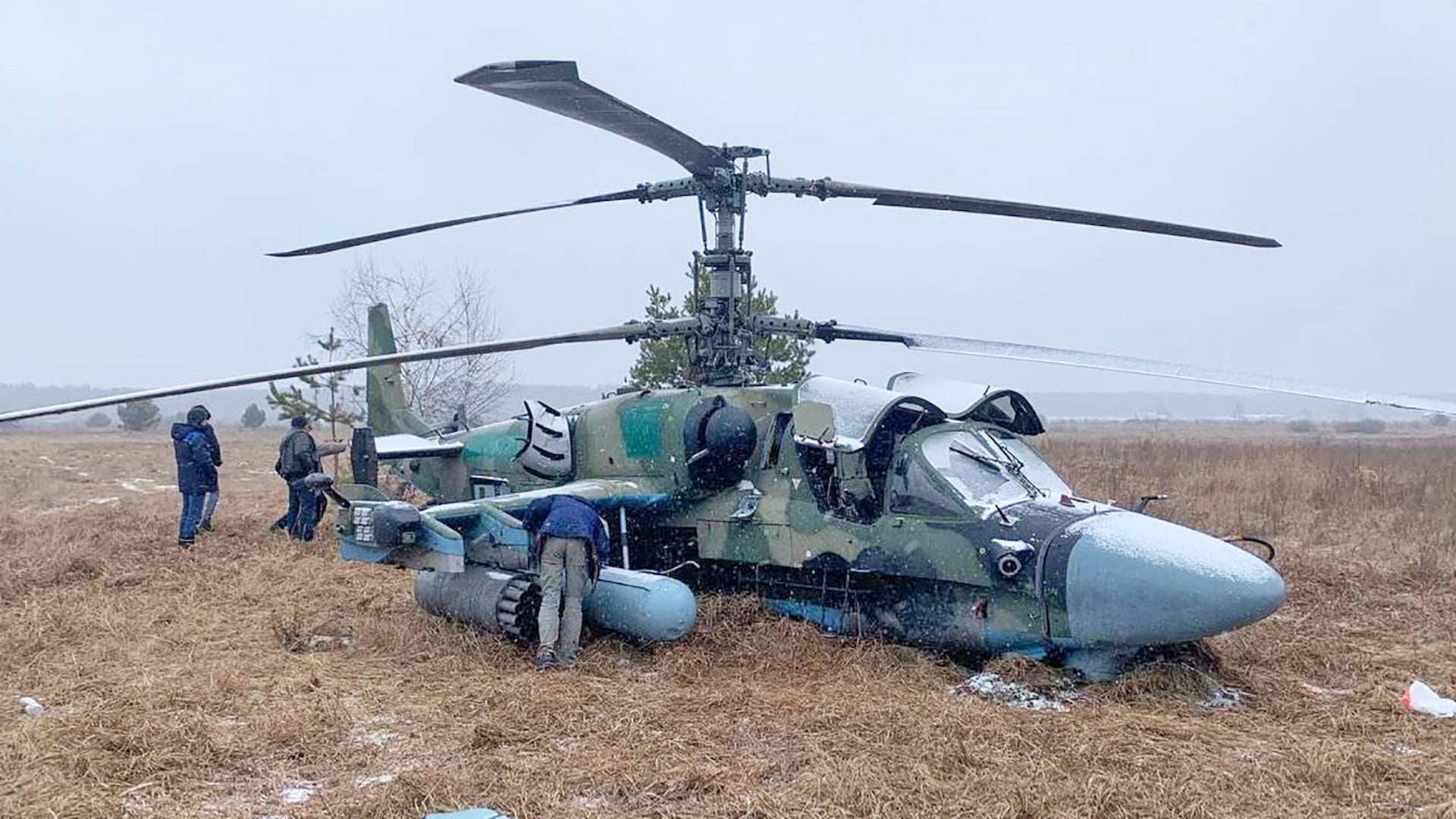Nine days after its invasion of Ukraine began, Russia continues to move ever closer to committing all of the forces it had arrayed along its border with that country. Russian units have made important gains in that time, but their advances continue to be slower than expected on multiple fronts, especially the push toward the capital Kyiv. NATO has now formally rejected appeals from the Ukrainian authorities to establish a no-fly zone over the country as the conflict has become increasingly centered on protracted battles for major cities, with civilian casualties mounting as a result. You can get fully up to speed on the current state of the fighting, which is now in its second week, in our preceding rolling coverage updates here.
The Latest
UPDATED—
You can find our latest rolling coverage of this ongoing conflict here.
POSTED: 12:15 PM EST—
NATO Secretary-General Jens Stoltenberg made clear the decision not to impose a no-fly zone over Ukraine at a press conference following a meeting at the alliance's headquarters in Brussels, Belgium, earlier today. Ukrainian officials, including President Volodymyr Zelensky, have made repeated calls for a no-fly zone, which has already been rebuffed on multiple occasions.
"We are not part of this conflict, and we have a responsibility to ensure it does not escalate and spread beyond Ukraine," Stoltenberg said. "We understand the desperation but we also believe that if we did that [a no-fly zone] we would end up with something that could lead to a full-fledged war in Europe involving much more countries and much more suffering."
A NATO no-fly zone over Ukraine would explicitly require the alliance to be willing to shoot down intruding Russian aircraft, as well as be prepared to take action against ground-based air defense threats aimed at its planes. This, in turn, would run a very real risk of sparking a much larger conflict between Russia and NATO's member states. There have already been fears that such a war could lead to the use of nuclear weapons, as well as just general devastation in Europe and elsewhere.
When it comes to the air war over Ukraine, the U.S. government continues to assess, even just today, that the Russian military has not been able to achieve air superiority and that the Ukrainian armed forces maintain significant aerial combat and air defense capabilities. Russian forces have now fired more than 500 ballistic and cruise missiles as part of their operation, including air bases and air defense-related sites, according to a senior U.S. defense official.
At the same time, Ukrainian officials, at least publicly, have made clear that they feel their capacities in these regards are under strain, and they have been calling for combat aircraft and more surface-to-air missile systems to be included in future military aid packages. The possibility of a transfer of Soviet-era combat aircraft from European Union member states to the Ukrainian Air force was recently floated, but now appears to be all but dead.
Weapons and other military aid from the United States and other NATO members, as well as other countries in Europe, are still continuing to flow to Ukraine. Instead of higher-end items, such as fighter jets, the U.S. military says aid efforts have been focused on systems the Ukrainians are already trained to use and that can be put into use quickly. The U.S. military says that there have been no signs so far that the Russian military has attempted to interfere with these shipments and that it tested a deconfliction line with its counterparts in that country that is designed to help avoid any potential miscalculations.
Air superiority or not, Russian forces are still pushing toward Kyiv and other major cities. Units have also encircled a number of population centers as other forces appear to have bypassed them in order to continue the advance.
A massive Russian convoy to the North of Kyiv remains stalled, according to a senior U.S. defense official. The U.S. military has assessed that attacks on the lead elements and the destruction of bridges have hampered this force from proceeding forward. Russian forces are still bombarding the city with various kinds of strikes.
The cities of Kharkiv and Chernihiv, in the east and north of Ukraine respectively, among other population centers, are under similar bombardment as Russian forces surround them. The U.S. government declined to confirm or deny whether the southern city of Kherson was under Russian control, which the Kremlin claims it is, but said that the port city of Mariupol on the Sea of Azov has not yet fallen.
The U.S. military says it cannot confidently assess who is in control of Ukraine's Zaporizhzhia nuclear power plant, the largest in Europe, and that this fact is concerning. Fighting around the facility in the past day sparked a fire that has since thankfully been put out and there are no indications of any radiation leaks. It's unclear whether Russian forces have captured the adjacent town of Energodar, as well.
There continue to be no clear signs of an impending amphibious assault on Ukraine's Black Sea coastline at or near the port city of Odesa, despite reports of Russian maritime activity in the area, according to the U.S. military. A senior U.S. defense official said that such an operation, coordinated with troops advancing overland from Crimea, could still very well be a possibility.
Separately, in an indication of the extent of the unity of opposition to Russia's invasion of Ukraine in Europe, NATO says that it is now routinely engaging with Sweden and Finland, which are not members of the alliance, in regards to the conflict. Swedish and Finnish representatives were present at the meeting today where the no-fly zone was discussed.
We will continue to update this post with new information until we state otherwise.
Contact the author: [email protected]









